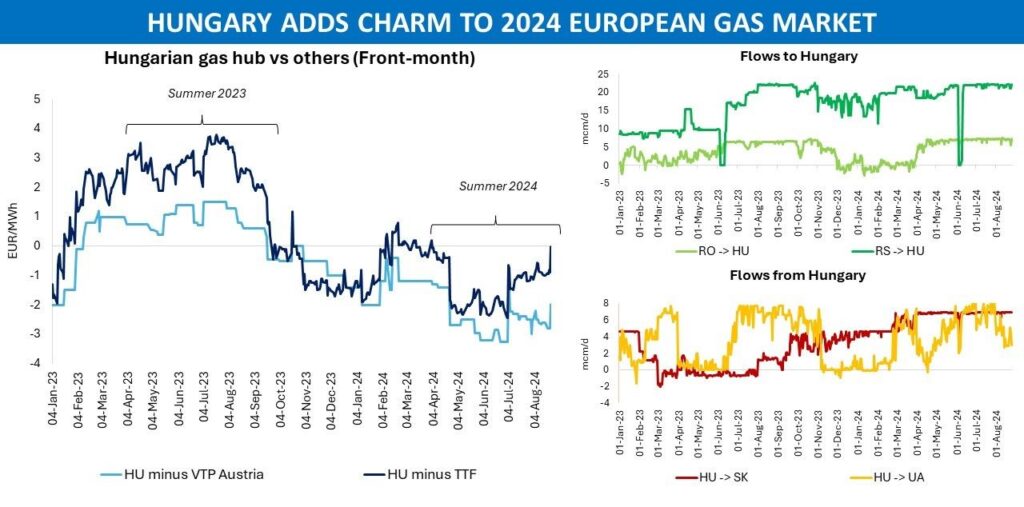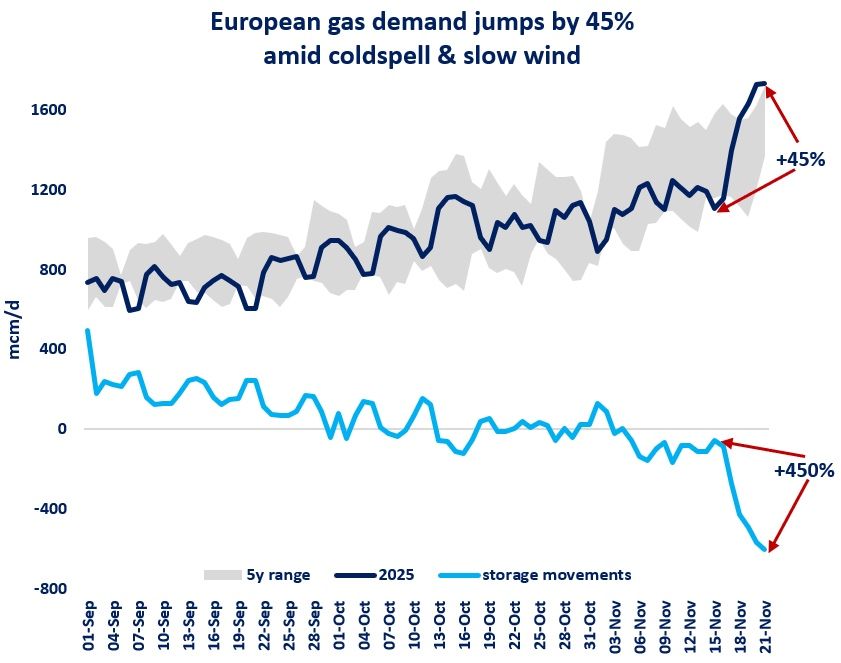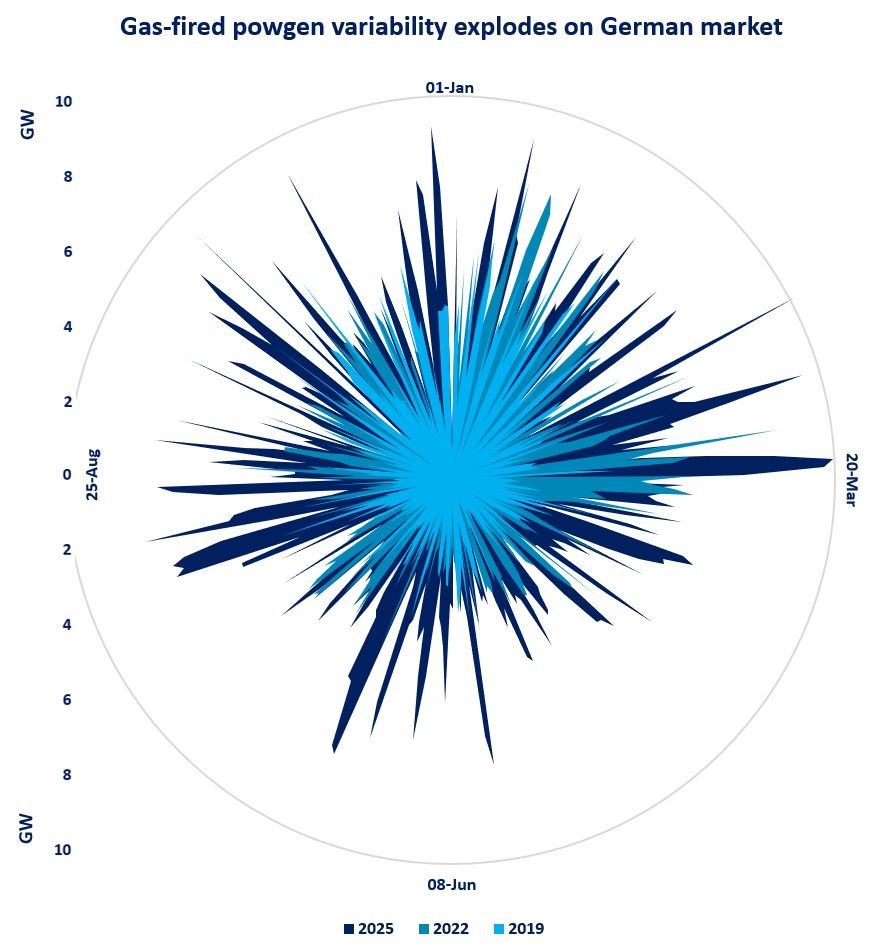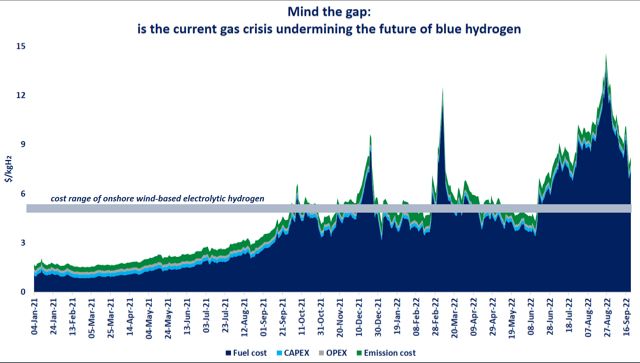

Whilst much of the discussion has been about Asian demand for LNG or the future of the Russia/Ukraine gas transit, the developments around Hungary’s gas market also warrant some attention.
Big players have always been in the centre of everyone’s attention, whether it is sport, or business, or politics. Sometimes though, local stories can be just as exciting and intriguing as the main ones. The world is accustomed to watch ManCity/Liverpool rivalry or Real Madrid FC´s another victory in the Champions League, but then suddenly appears Bologna FC whose performance leaves few people indifferent.
Gas market is no different in that sense. While everyone is talking about this summer’s stronger Asian demand for LNG or building theories around the future of the Russia/Ukraine gas transit, the developments around Hungary do add some charm to the 2024 gas market.
Throughout most of the year, the Hungarian gas hub has been trading at a discount to most other markets across the continent. Including in the injection season the MGP front-month stood at around minus 2.5 EUR/MWh against VTP Austria, which would be hard to imagine a few years ago.
Now with Turkish Stream flowing at its max to Hungary and in fact limited by the transportation capacity available, it became a reality.
To get the entire picture of supply for Hungary, add to the mix volumes from Romania which are partly made up of shipments under several short-term agreements signed with Azerbaijan and Turkey over the last year. On top of that, the country receives regular regas flow through the Krk terminal in Croatia.
But the story isn’t over yet as ample supplies to Hungary logically create export opportunities for the country. In fact, Hungary has been the only EU country flowing gas to the Ukrainian underground facilities this summer as discounted MGP helps to cover transportation and storage costs.
Around 30mcm/d coming from Serbia and Romania also free up supply towards Slovakia, which has been importing from Hungary at the maximum level possible for the last five months. Slovakia’s pull from Hungary allows it to supply the Czech Republic, resulting in the latter’s lower intake of expensive German volumes.
Looking at the capacity players have already booked all the way along the Turkish Stream to Hungary and further to Slovakia, the country’s new role in the regional gas market is here to stay for the next few years at least. Wish the same to Bologna FC, by the way 😉
Source: Yakov Grabar













